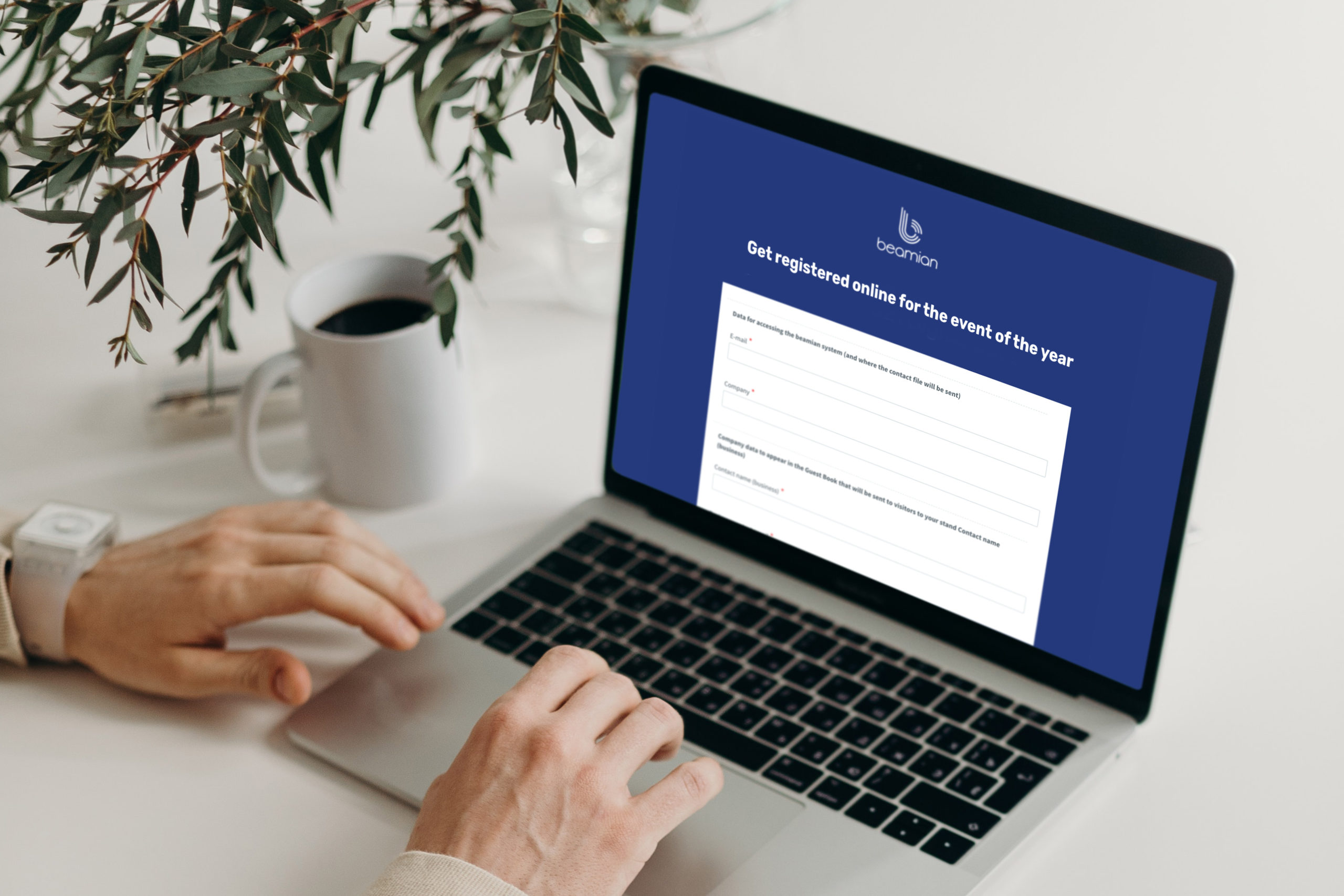All participants who want to attend an event have to register first, right? Indeed, the event registration process acts as a first impression about your event, and has the power to impact the attendee’s impression about your event as a whole. So, you need to make sure that your event management software has an efficient, secure and user-friendly registration solution.
Developing an event registration strategy is one of the most important parts of an event flow, since you have to create a good impression even before the show starts. And making the process as simple as possible will assure that your attendees go all the way with their registration and show up at your event with a great expectation.
An easy and intuitive registration process will increase the number of people who complete it, improve your attendees’ experience and build trust for them.
Putting yourself in the participants’ shoes and thinking about it from their perspective is your best option. If you decide to attend an event, it’s obvious that you want the registration process to be as quick and effective as possible, right? So, all you need to do is to replicate that idea by choosing the event registration solution that better fits your needs, and contributes to the overall success of the event.
Some tips that can help simplify your registration process include:
1. Keeping the number of buttons/pages to click and the number of form fields to fill through to a minimum
Include only what’s truly essential for your metric purposes during the registration process. You’re not qualifying leads already at this stage.
2. Allowing for multiple payment options
In case your event needs a ticketing system, as it happens for music festivals, it’s better if you accept multiple forms of payment. This includes the basics like credit cards and PayPal (don’t forget to enable foreign cards payments if you’re going to have guests from abroad). This way, you’ll be avoiding complicated currency logistics for your participants.
3. Having a drop-down menu for preference choices
It’s great to take your attendees’ preferences into consideration! But if you’re going to ask them about their preferences (such as special or disability accommodations, preferred type of cuisine for the event’s lunch, promotional wear sizes or specific workshops they might be interested in), you’ll need to anticipate the answers you’re expecting. That way, nobody gets lost at your registration process and you’re ensuring that your participants have options to choose in advance. Otherwise, if you opt for open fields, you’ll have to be prepared to lose important data.
4. Having a responsive & friendly web design
Give your participants the ability to get registered wherever they are, through different types of devices. So, make sure that your registration page is responsive and legible for desktop, tablet and mobile. Nowadays, most ticketing software systems have the ability to detect the type of device being used and automatically adjust and optimize the page for all cases.
5. Keeping it short & simple
There’s an easy way to prevent your attendees of having to scroll down to access the whole form – keeping it short! Remember, your registration process shouldn’t take more than five minutes. Ask for their basic information, include one or two preference questions (if it’s applicable and if it’s worth it) and leave it that way.
6. Avoiding paper registration forms
Given the new health and safety measures for reopening exhibitions and corporate events, it’s more important than ever to have a online and paperless registration solution, preventing the COVID-19 spread through printed matter. Consider to leave onsite registration in stand by for a while.
Have you read our case study? Find out how the partnership with beamian helped managed registrations and check-in more effectively for expoMECÂNICA.








